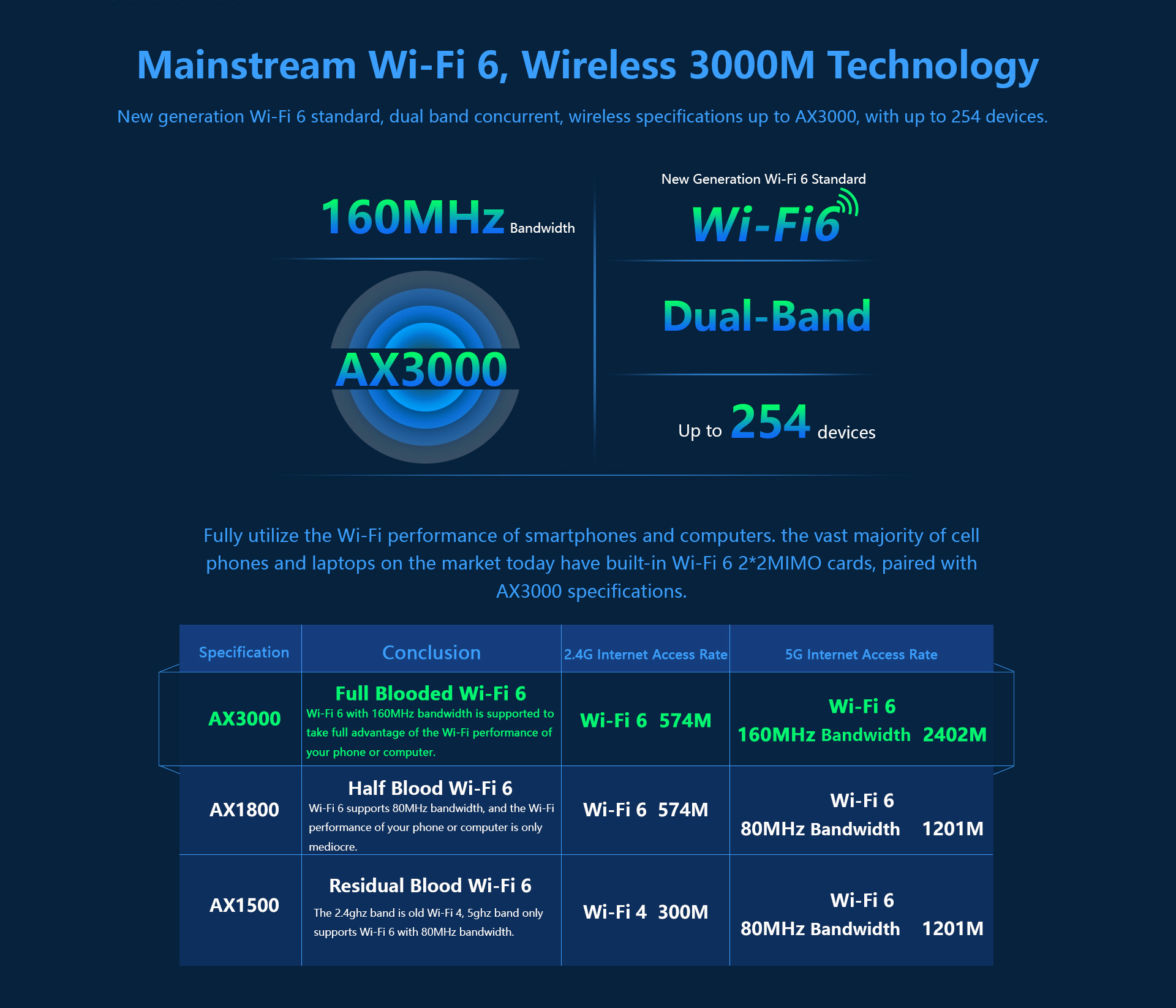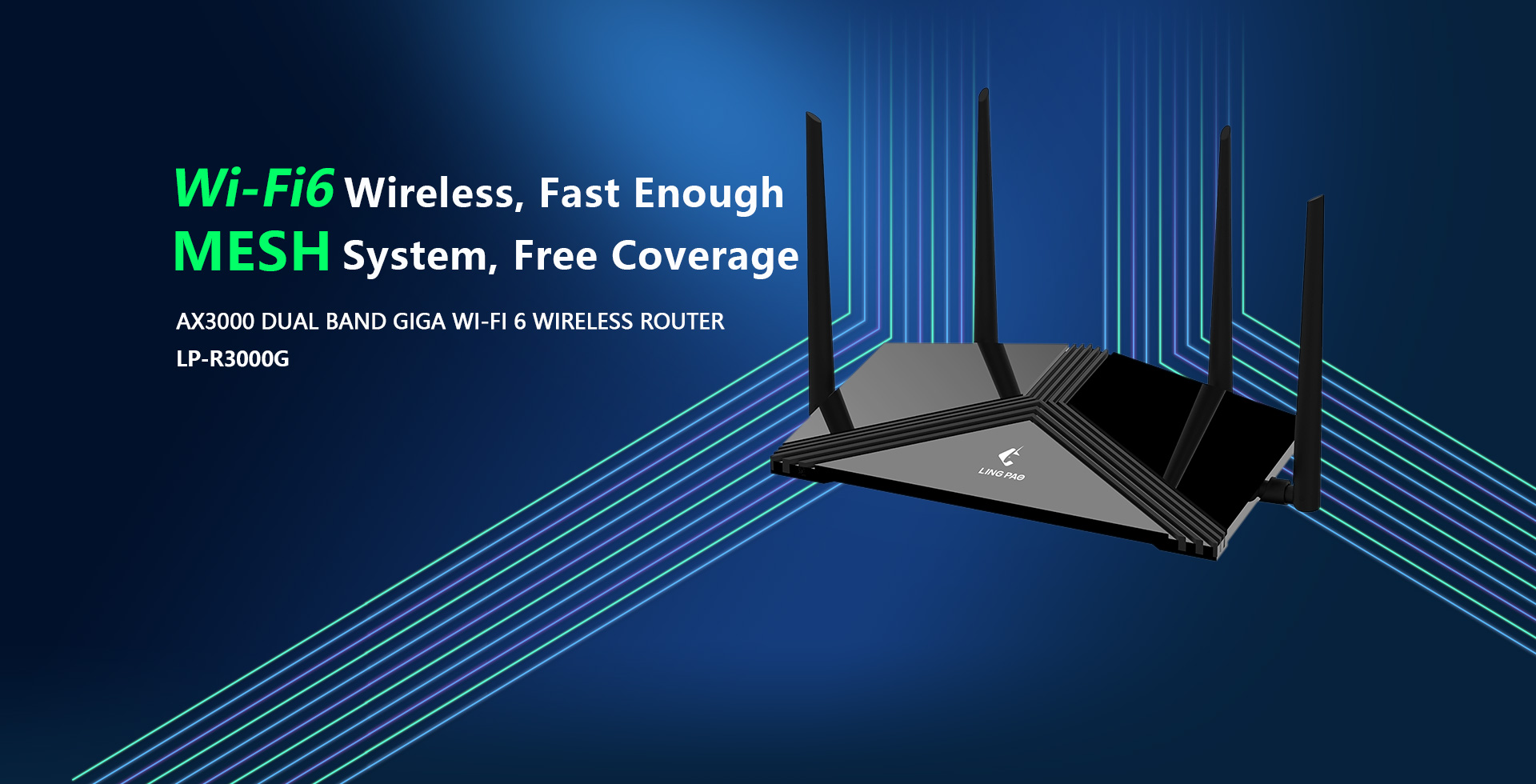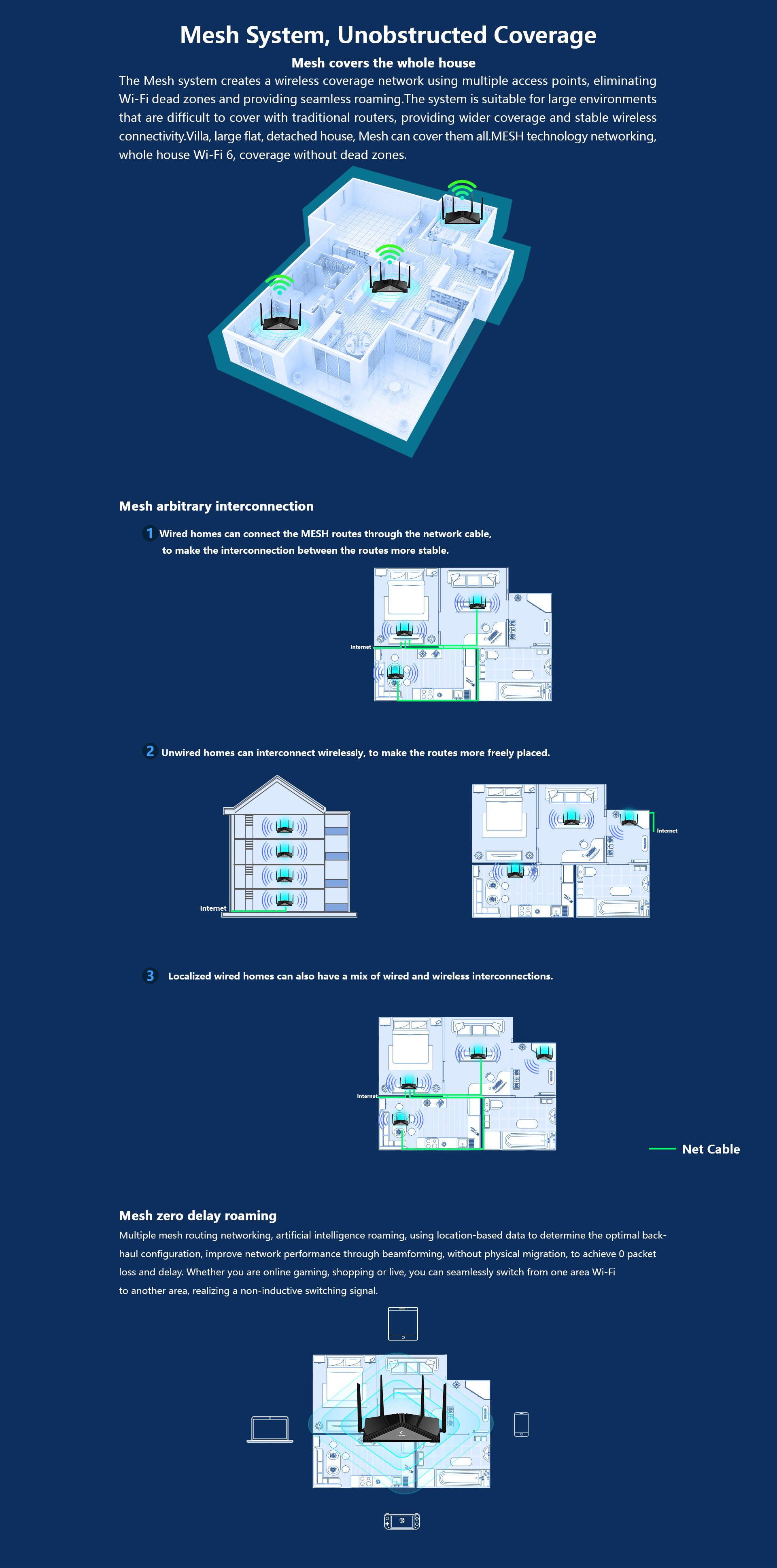wireless router vs WiFi router, which is better for you?
In today’s world, having a strong and reliable internet connection is essential for both personal and professional use. With the increasing demand for wireless connectivity, two popular options that come to mind are wireless router and WiFi routers. These devices provide wireless internet access to multiple devices simultaneously and eliminate the need for messy cords and cables. However, many people are often confused between these two terms and wonder which one is better for them. In this article, we will explore and compare wireless router vs WiFi routers to help you make an informed decision.
Wireless router, also known as Wi-Fi routers, are devices that combine the functions of a traditional wired router and a wireless access point. They connect to the internet through an Ethernet cable and transmit the signal wirelessly to compatible devices within its range. On the other hand, WiFi routers are specifically designed to provide wireless internet access. They connect to the internet through a wired connection and distribute the signal wirelessly to multiple devices.
One of the main factors to consider when choosing between a wireless router and a WiFi router is the coverage area. Wireless routers typically have a larger coverage area than WiFi routers, making them suitable for larger homes or office spaces. They have a higher power output, allowing them to transmit the signal to a longer distance. In comparison, WiFi routers have a shorter coverage area and are more suitable for smaller spaces such as apartments or rooms. If you have a large house or need internet access in your backyard, a wireless router would be a better choice.
When it comes to speed, both wireless routers and WiFi routers offer similar performance. They can both support high-speed internet connections, such as fiber optic or cable internet. However, the distance from the router and the number of devices connected to it can impact the speed of the internet. In this case, a wireless router would have an advantage as it has a longer range and can support more devices without affecting the speed.
Security is another important aspect to consider when comparing wireless routers vs WiFi routers. Wireless routers offer a variety of security features, such as WPA2 encryption and firewall protection, to secure your network and prevent unauthorized access. On the other hand, WiFi routers may have limited security options, and some models may not have any security measures at all. Therefore, if you want a secure network, a wireless router would be a better option.
Another difference between these two devices is the number of Ethernet ports available. Wireless routers typically have more Ethernet ports, which allow you to connect multiple wired devices directly to the router. In comparison, WiFi routers may only have one or two Ethernet ports, making them more suitable for wireless connections. If you have devices that need a wired connection, a wireless router would be a better choice.
In terms of pricing, both wireless routers and WiFi routers are available in a range of prices, depending on the brand, features, and specifications. However, wireless routers tend to be slightly more expensive due to their additional capabilities and larger coverage area.
In conclusion, when it comes to choosing between a wireless router and a WiFi router, it ultimately depends on your specific needs and preferences. If you have a larger space, need a secure network, and want to connect multiple wired devices, a wireless router would be the right choice. However, if you have a smaller space and only require wireless connectivity, a WiFi router would suffice. Whichever option you choose, make sure to research and compare different models to find the best one for your requirements and budget.

what is wireless router? how does it work?
A wireless router is a device that allows multiple devices to connect to the internet wirelessly. It serves as a central hub for all the wireless devices in a household or office, providing them with internet access and allowing them to communicate with each other. Essentially, it acts as a bridge between the devices and the internet service provider (ISP).
So how does a wireless router work? Let’s break it down.
Wireless routers typically have four main components – a router, a modem, an antenna, and Ethernet ports. The router is responsible for routing data between the internet and the connected devices. The modem acts as the gateway to the internet, receiving signals from the ISP and converting them into digital data that can be transmitted to the connected devices. The antenna is what enables devices to connect wirelessly to the router, while the Ethernet ports allow for wired connections for devices that do not have wireless capabilities.
In order for a wireless router to provide internet access, it must be connected to an internet source, usually a broadband modem. The modem can be connected directly to the router via an Ethernet cable, or some routers have a built-in modem.
Once the router is connected to the internet, it creates a wireless network by sending out radio signals through its antenna. These signals are picked up by devices with Wi-Fi capabilities, allowing them to connect to the network and access the internet. This process is known as Wi-Fi, which stands for Wireless Fidelity.
One important function of a wireless router is to assign IP addresses to each connected device. An IP (Internet Protocol) address is a unique identifier for each device that is connected to a network. This allows the router to keep track of the traffic going to and from each device and ensure that data is sent to the correct destination.
Additionally, wireless routers also have security measures in place to protect the network from unauthorized access. This can include setting a password for the Wi-Fi network or using encryption technology to secure the data being transmitted.
a wireless router is a vital device for providing seamless internet access to multiple devices in a household or office. Its functionality is complex, but it effectively serves as the bridge between the devices and the internet, allowing for convenient and efficient communication. With the increasing use of Wi-Fi enabled devices, wireless routers have become an essential part of our daily lives.

understanding wireless router: a comprehensive guide
A wireless router is a device that acts as the central hub of a home or office network, connecting all devices to the internet without the need for cables. It serves as a critical component for any modern home or workplace, providing flexibility, convenience, and security.
Setting up a wireless router is simple and usually involves connecting it to the internet source and powering it on. The router then transmits signals to devices within its range, enabling them to access the internet. Its main function is to direct traffic between devices on the network and to the internet, similar to a traffic officer on a busy road.
One of the main benefits of a wireless router is its ability to provide a wireless network. This means that devices such as smartphones, laptops, and tablets can connect to the internet without the use of cables, allowing for more flexibility and mobility. With the increasing use of smart devices, the demand for wireless routers has also risen.
In addition, wireless routers offer improved security. They come with built-in firewalls and encryption protocols that protect the network from potential cyber threats, giving users peace of mind when browsing the internet. It also allows for guest access, which means visitors can use the internet without accessing the main network, ensuring the safety and security of personal data.
Another advantage of a wireless router is its range. With the use of antennas and extenders, the signals can reach longer distances, enabling more significant coverage for larger homes or offices. This makes it possible for multiple users to access the internet simultaneously without experiencing a slow connection.
In conclusion, wireless routers are an essential device for connecting all devices to the internet and establishing a network. Its easy setup, wireless capabilities, improved security, and extended range make it a popular choice for both homes and offices. With the continuous advancement of technology, wireless routers will undoubtedly continue to evolve, providing even more benefits for users.

FAQ Guide Let’s continue!
1.How to solve the problem of not matching wireless routers?
2.What is the difference between a router and a wireless router?
3.How do I know if I have a wireless router?
4.Wireless router sets QOS (service quality) to optimize network connection speed?
5.Where is the best place to put a wireless router?
1.How to solve the problem of not matching wireless routers?
1. Check compatibility: The first step is to make sure that the wireless router is compatible with your devices. Check the specifications of both the router and your devices to ensure they are compatible.
- Update firmware: Make sure that your router’s firmware is up to date. Manufacturers often release firmware updates that improve compatibility with different devices.
- Change wireless channel: If your router and devices are compatible, but still not connecting, try changing the wireless channel. Interference from other devices or neighboring networks can cause connectivity issues. Changing the channel can help avoid interference and improve connectivity.
- Reset router: Sometimes, a simple reset can solve the problem. Turn off the router, wait for a few seconds, and then turn it back on. This can help clear any temporary glitches and restore the router’s settings to default.
- Check wireless settings: Make sure that the wireless settings on your devices and router are the same. Check the network name (SSID), security type, and password. If they do not match, your devices will not be able to connect to the router.
- Use a different device: If one device is not connecting to the router, try connecting a different device. If the second device connects successfully, the issue may be with the first device and not the router.
- Use a wired connection: If possible, try connecting your devices to the router using an Ethernet cable. This will help determine if the issue is with the wireless connection or the router itself.
- Contact manufacturer: If none of the above solutions work, contact the manufacturer of your router for further assistance. They may be able to provide specific troubleshooting steps or suggest a replacement if the router is faulty.
2.What is the difference between a router and a wireless router?
A router is a networking device that connects multiple devices within a network and directs traffic between them. It is responsible for routing data packets to their intended destinations.
A wireless router is a type of router that also includes a wireless access point, allowing devices to connect to the network wirelessly. It uses radio waves to transmit data between devices, eliminating the need for physical cables. This allows for greater flexibility and mobility within the network.
3.How do I know if I have a wireless router?
There are a few ways to determine if you have a wireless router:
- Check the device itself: Look at the device that you use to connect to the internet (e.g. a modem or router). If it has antennas or a label that says wireless” or “Wi-Fi
4.Wireless router sets QOS (service quality) to optimize network connection speed?
Yes, a wireless router can set QOS (Quality of Service) to optimize network connection speed. QOS is a feature that allows the router to prioritize certain types of network traffic over others, ensuring that important data, such as video or voice calls, are given higher priority and have a smoother and faster connection. This can help improve overall network performance and reduce latency for specific applications. The QOS settings can be adjusted in the router’s configuration settings.
5.Where is the best place to put a wireless router?
The best place to put a wireless router is in a central location, away from walls and obstructions, and at a height above the ground. This will help ensure that the signal is evenly distributed throughout the house. It is also recommended to place the router in an open area, away from other electronic devices that may interfere with the signal.
